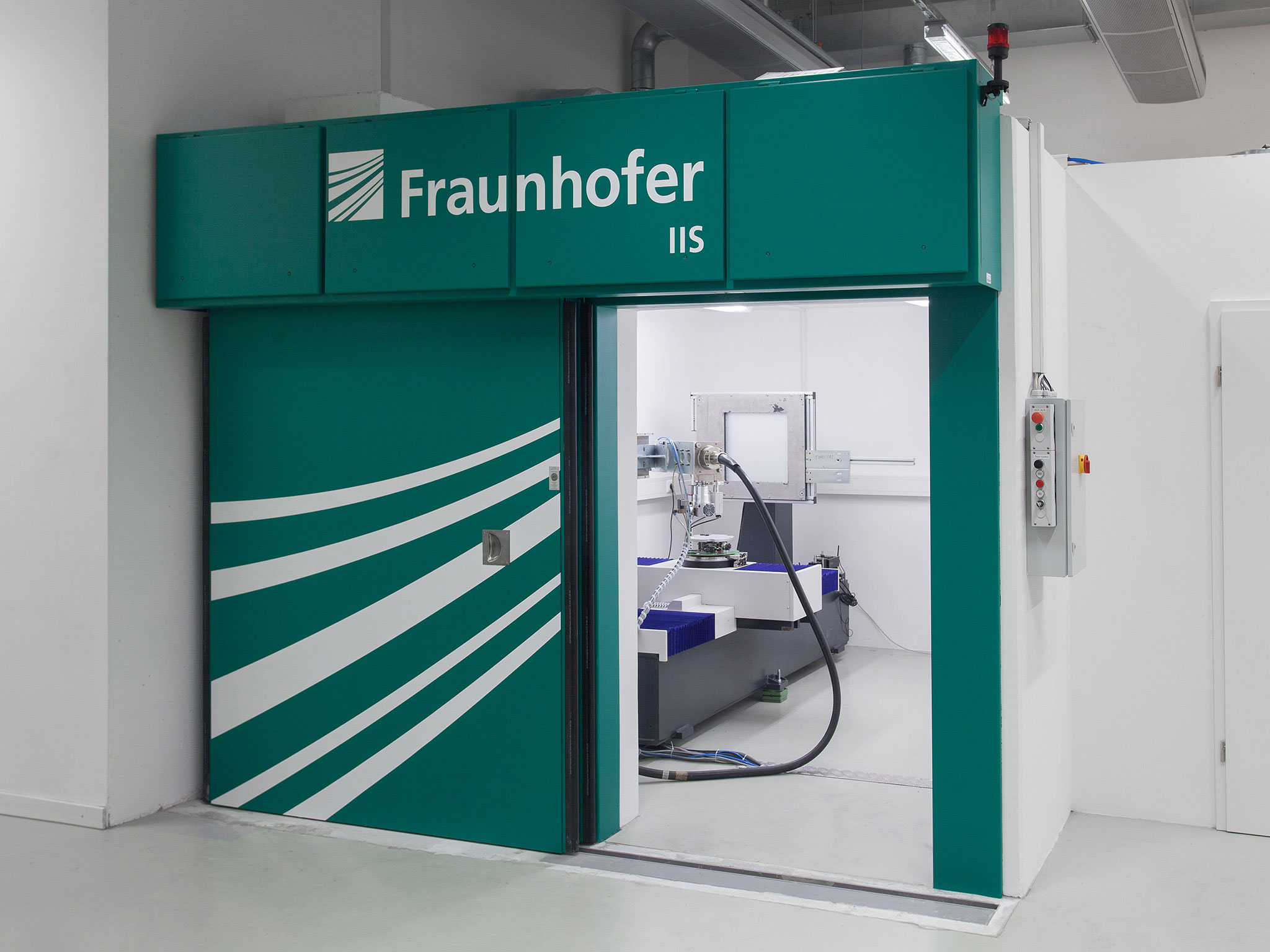The Fraunhofer Application Center for CT in Metrology (CTMT) at the Deggendorf Institute of Technology (DIT) in Lower Bavaria is a branch lab directly affiliated with the Fraunhofer Development Center X-Ray Technology EZRT and is thus part of one of the largest research facilities for X-ray technology worldwide.
Specializing in the application and development of industrial X-ray computed tomography (CT), the CTMT in Deggendorf can draw on a wealth of experience spanning more than 15 years. This expertise includes innovative industrial services (CT measurement technology, nondestructive material testing, defect and damage analyses) as well as collaborative and contracted research and development for industrial applications.
Through the Chair of Imaging Systems with a focus on computed tomography at Deggendorf Institute of Technology (THD), in cooperation with Fraunhofer, prospective engineers and computer scientists at THD also benefit from the technology at CTMT as part of lectures and practical trainings.
For the wide-ranging field of work, Fraunhofer has CT equipment and corresponding analysis software tools available at Deggendorf, including a production-integrated CT system from Heitec. The connection to the division Development Center X-ray Technology and the European Synchrotron Facility E.S.R.F. offers further access to high-performance CT systems and resources. This also includes the RoboCT system of the THD Technology Campus Plattling.

